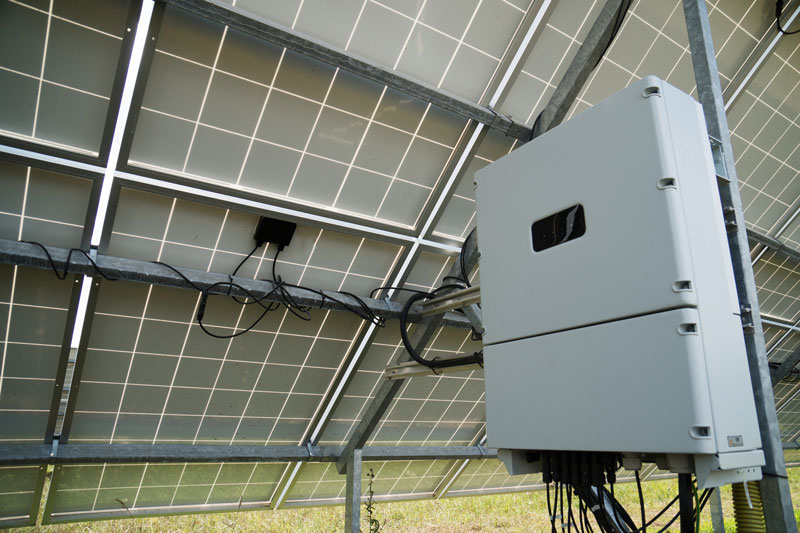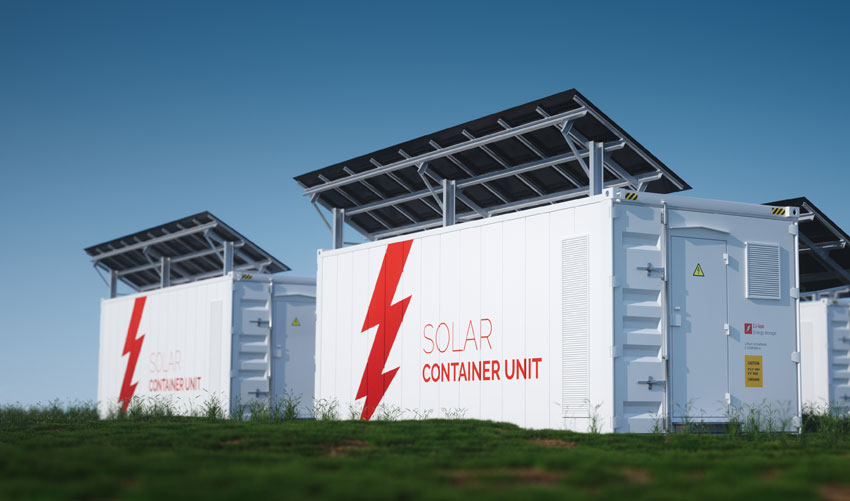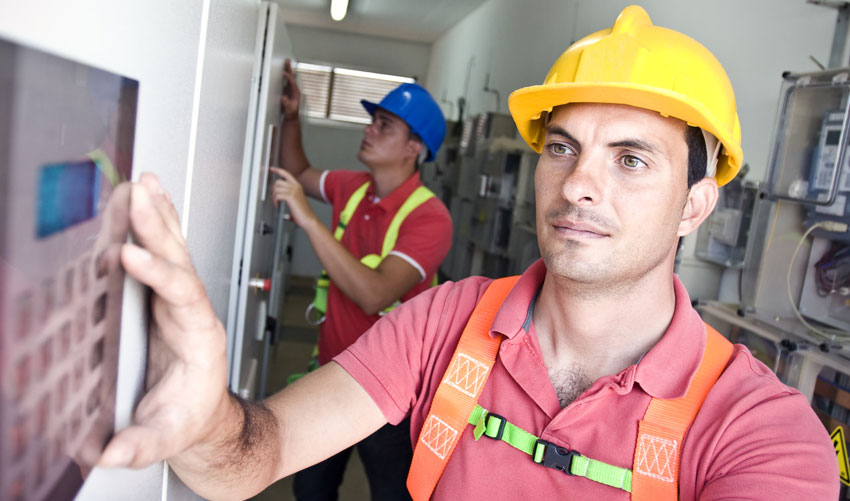Understanding how many batteries and what kind of battery you need can be confusing. Just about as confusing as figuring out your inverter specifications.
A solar panel with the wrong battery or the wrong number of batteries is simply not useful. Your inverter specifications are important as well. The solar inverter is responsible for the DC to AC conversion necessary for the current to power whatever you need.
There are so many types of batteries with different voltages that oftentimes figuring out which one’s best for your specific system and circumstances becomes cumbersome. Unfortunately, that does not mean that you can just choose any random one and expect it to work with your solar panel system. There are some specific things to look for as well as calculations that dictate which battery you need.
Luckily, you do not need to be an electrical engineer to understand it. Here are the things that you need to know in order to make the proper calculations.
That depends on a few factors. If you have a home that has a lot of appliances and electrical devices, you will need more energy. But that does not tell you exactly how much you need.
According to Energy Sage, to know exactly how much you need, you need to know how much you currently use.
Kilowatt-hours is the unit of measurement used to describe energy usage. So, to figure out the amount of energy you use, you can multiply the number of hours an appliance runs for by the number of kilowatts it uses. Then simply add the Kilowatt-hours of each appliance you want to be powered by solar together to find your total energy consumption.
Ex. 1,000 kilowatts x 10 hours= 10,000kWh
How Much Sunlight?
How much or how little sunlight your panels get is critical. Not only is it a big part of the calculation, but it is also a big part of how much power you actually get. The amount of sunlight that your panels get can depend on placement, time of day, and your geographical location.

For example, if your panels are somewhere that experiences the seasons, like the Midwest or east coast, different times of the year call for different calculations. The summer in Iowa for example will have twice as much sunlight during the day as in the winter.
To figure out the number of kWh your solar panels can generate, multiply the kWh they generate from each hour of sunlight by the number of hours the sun hits the panels.
Ex. 10,000kWh x 10 sunshine hours= 100,000kWh
This example would be on the high end of solar generation for a larger scale operation, but clearly shows how you can calculate the amount of energy your solar panels can generate each day.
How Do You Determine Battery AH?
The ampere-hour, or AH, of a battery is a rating and unit of measurement. The unit is used for everything from iPhone batteries to x-ray machines. There is a simple formula to figure out what kind of AH rating you need to support the battery that you want.
AH Rating Formula: kWh/volts= AH
It is quite a simple calculation and can quickly tell you what kind of voltage you are looking for.
How Do You Choose the Inverter?
Once you have done these calculations, choosing the inverter is really the easy part. The reason for that is that you essentially already have all of the necessary information in front of you by this point.
All that you need to do is buy an inverter that matches your maximum load wattage. It is really that simple. Going too far over or too far under will do you no favors. If you want all of your appliances to function fully and have a house that runs the best it can, match your inverter wattage to your load wattage.

What Kind of Battery Do I Need?
There are several types of batteries available for solar panels. Some of the most common battery types that you will come across for solar panels are:
- Lithium-ion
- Lead Acid
- Nickel Cadmium
- Sealed Lead Acid
These batteries vary in specs, maintenance, cost, and longevity. If any of these battery types is the most efficient and cost-effective, it is Lithium-ion. Lithium-ion is slightly more expensive upfront than other batteries, but it saves you more in the long run due to longevity and power.
That is ultimately a matter of how well it works with your set up and how much energy you are using. Because they last longer than other battery types, the higher cost may be worth it. Pay attention to the specification of the battery in question.
Some batteries have different emissions, heat up faster than others, or do better indoors versus outdoors. Compare the specs to where you have your solar panels situated and what kind of space you want to put the battery and go from there.
How Do You House and Dispose of the Battery?
A big part of battery safety is housing. Where the battery sits in relation to the solar panel and how it is covered are both particularly important. Sometimes, batteries can generate heat and they need to cool down. In that case, housing that has adequate venting is required.
Venting is also good for batteries that don’t generate heat on their own, but are exposed to it. Some batteries may need to be entirely enclosed, and others may need four walls with no roof to ventilate. Check the specifications and read the manual, or look up the battery type to find out what kind of housing you need.
How you dispose of the batteries can entail safety measures as well. Not only are batteries bad for the environment and contributors to pollution, they also are not good for human health. Cadmium, for example, is an amazing battery for solar panels but it is also highly carcinogenic.
Of course, while you are using it to power your solar panels it is not harming you, but sending it to a waste facility where it will enter the ozone can.
How Long Do Solar Panel Batteries Last?
That depends on the kind of battery it is. The average lifespan of solar panel batteries ranges between 5 and 15 years. A flooded or sealed lead acid battery, however, could last you between 3 and 7 years. Conversely, a lithium-ion battery may last upwards of 10 years.
They also do well whether they are indoors or outdoors and are very easy to install. Lead-acid batteries, however, “burn out” quickly. They also put off a lot of hydrogen while in use, so proper ventilation needs to be put in place to offset that.
Put the battery in a spot where it won’t be overly exposed to the elements and it will last you even longer. Whether it is in your garage, under your deck, or outside, always make sure you properly maintain the battery to maximize its lifespan.
At the end of the day, all that you need to do is follow the right formula and your calculation is done. Remember that when it comes time to choose an inverter, the answer is already right in front of you with the maximum wattage. That is the easy part.
What is not as easy is choosing a battery itself. But, you don’t need to make it harder than it is – don’t overthink it! Simply look at your current set up and think about the kind of maintenance you want to do and how often you want to replace it. After all, batteries for solar panels last a very long time when properly cared for.




